Industry information
Company News
- Carved aluminum veneer: a perfect fusion of creativity and practicality
- The application of aluminum veneer in the field of photovoltaics
- Aluminum veneer: understated luxury in modern architecture
- Aluminum veneer customization, creating a new proposition for personalized space
- Aluminum plate punching, unlimited creativity, new spatial gameplay!
Industry dynamics
- Aluminum veneer punching, artistic interpretation of spatial aesthetics
- Curtain wall aluminum veneer: the "fashionable coat" of modern architecture
- Curtain Wall Aluminum Veneer: The Perfect Integration of Architectural Aesthetics and Technology
- Practical experience of aluminum veneer and building facade design
- Punched aluminum veneer, the fashionable choice for modern architecture!
Frequently asked questions
- What is the processing and manufacturing process of aluminum veneer?
- What is the future market development trend of aluminum veneer?
- What factors affect the production and sales of aluminum veneer?
- What safety issues should be paid attention to in the production and manufacturing of aluminum veneer?
- What are the applications of aluminum veneer in architectural decoration?
contact us
Mobile:+86 15627778610
Email: 2201229786
Address: No. 5 Binjiang Road, High tech Zone, Zhaoqing City, Guangdong Province
Evaluation of sound insulation performance of aluminum veneer
- Author: Supreme Building Materials (Guangdong) Co., Ltd
- Release time: 2022-03-20 04:33:59
- Click:0
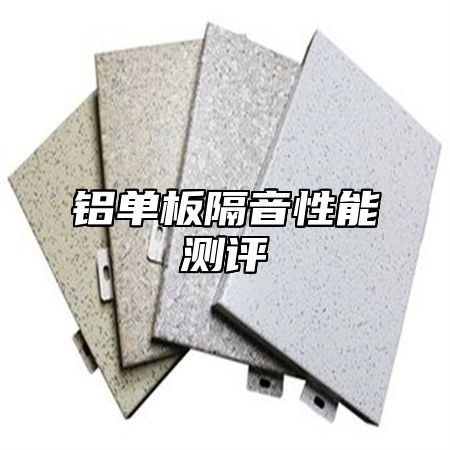
Aluminum veneer, as a new type of building material, has the advantages of lightweight, corrosion resistance, and easy processing, and is widely used in fields such as construction, decoration, and advertising. The sound insulation performance of aluminum veneer is also one of its important indicators. This article will provide a detailed introduction to the sound insulation performance evaluation methods of aluminum veneer from the aspects of material, structure, and surface treatment.
1、 The material of aluminum veneer
The sound insulation performance of aluminum veneer is closely related to its material. Generally speaking, the main material of aluminum veneer is aluminum alloy, which has a low density and therefore has relatively poor sound insulation effect. However, by adding a certain proportion of glass fiber or other sound insulation materials, the sound insulation performance of aluminum veneer can be effectively improved. Different types of aluminum alloy materials can also affect their sound insulation performance. Generally speaking, aluminum alloy materials containing a higher proportion of magnesium and copper have better sound insulation effects.
2、 The structure of aluminum veneer
The structure of aluminum veneer can also affect its sound insulation performance. Generally speaking, the more complex the structure of aluminum veneer, the better its sound insulation performance. For example, aluminum veneers designed with a double-layer or three-layer structure can effectively isolate noise and sound waves. The joints of aluminum veneer can also affect its sound insulation effect, so it is necessary to use materials such as sealant for treatment.
3、 Surface treatment of aluminum veneer
The surface treatment of aluminum veneer is also one of the important factors affecting its sound insulation performance. The common surface treatment methods on the market currently include anodizing, spraying, and electrophoretic coating. Anodizing is a commonly used surface treatment method that can form a dense oxide film on the surface of aluminum veneer, thereby improving its corrosion resistance and durability. Spraying and electrophoretic coating methods can also effectively improve the surface hardness and wear resistance of aluminum veneer, thereby reducing its risk of oxidation. These surface treatment methods do not directly affect the sound insulation effect of aluminum veneer, but can improve the overall sound insulation effect by improving the appearance and performance of aluminum veneer.
4、 Sound insulation performance testing method
In order to evaluate the sound insulation performance of aluminum veneer, the following testing methods are usually used:
1. Acoustic testing: Evaluate the sound insulation effect of aluminum veneer by measuring its sound pressure level at different frequencies. This method can objectively evaluate the sound insulation performance of aluminum veneer.
2. Weighted average sound pressure level method (WSP): Multiply the sound pressure levels at different frequencies by their corresponding weights and add them up to obtain the total sound pressure level, in order to evaluate the overall sound insulation effect of aluminum veneer. This method can comprehensively consider the impact of sound pressure levels at different frequencies on the sound insulation effect.
3. Reverberation time method: Evaluate the sound insulation effect by measuring the reflection time of sound inside an aluminum panel. This method can evaluate the reflection of low-frequency sound by aluminum veneer, thereby indirectly assessing its sound insulation effect.
The sound insulation performance of aluminum veneer is closely related to factors such as its material, structure, and surface treatment. Manufacturers need to choose appropriate materials and structural designs, as well as perform appropriate surface treatments, to improve the sound insulation performance of aluminum veneer. Consumers also need to pay attention to the sound insulation performance indicators when purchasing aluminum veneer to ensure that it can meet their own usage needs.
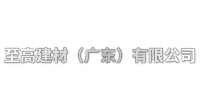
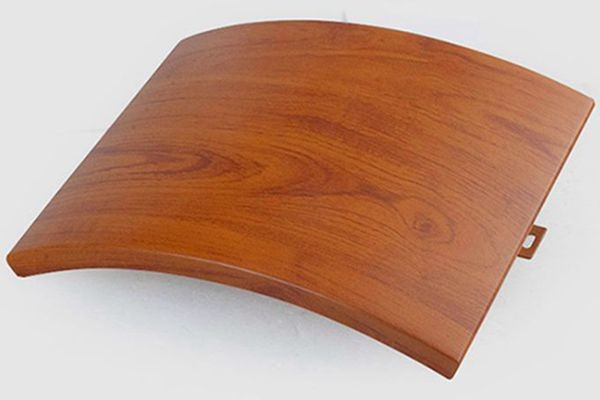
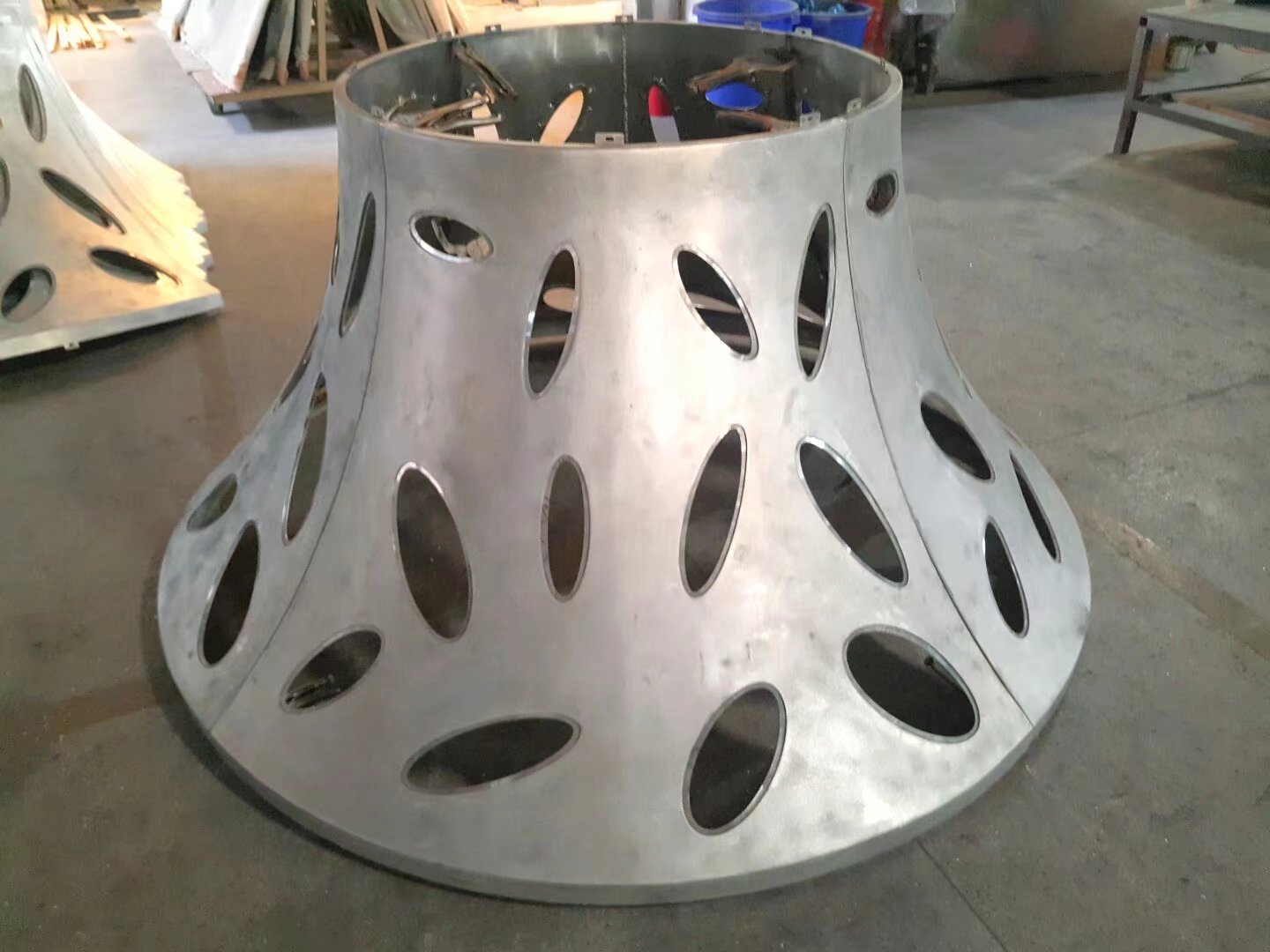
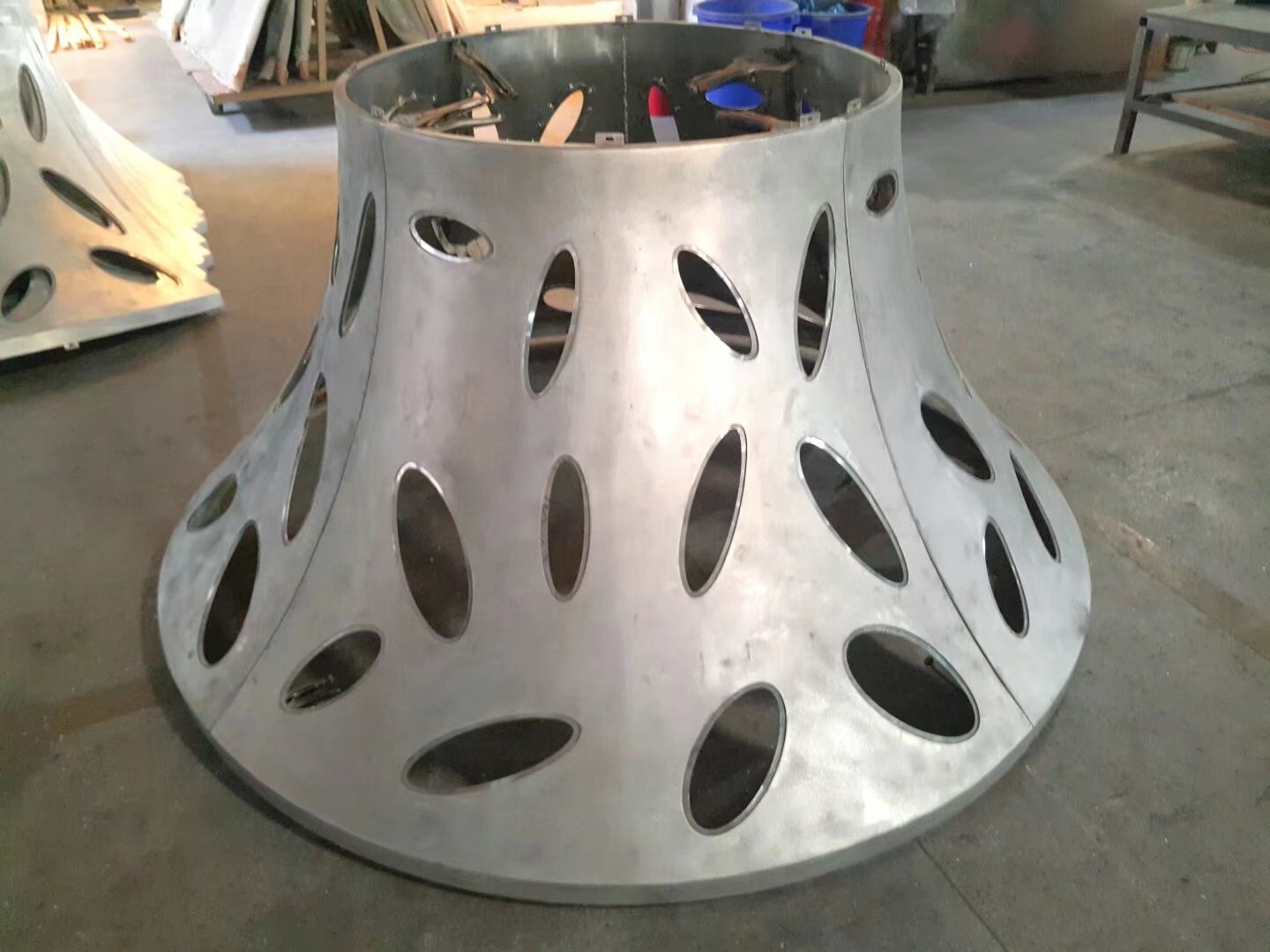
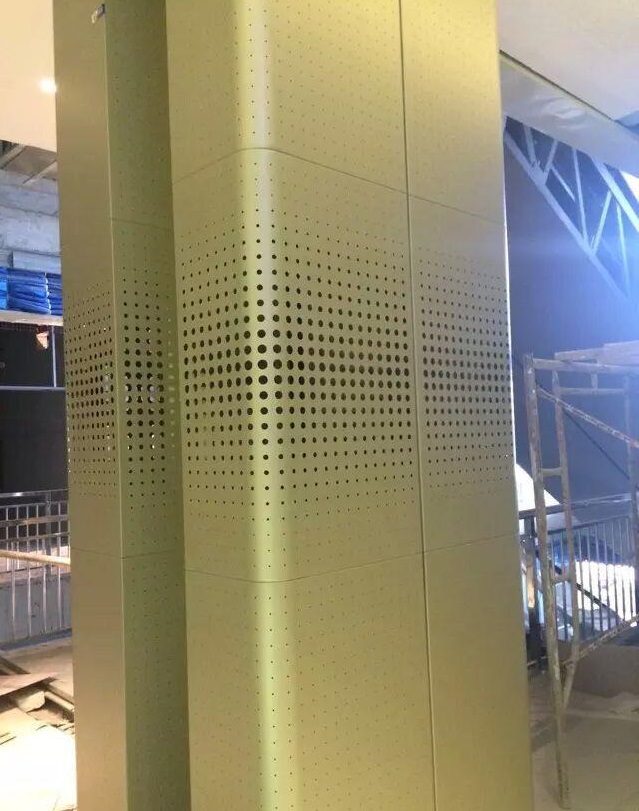


 Customer service QQ
Customer service QQ